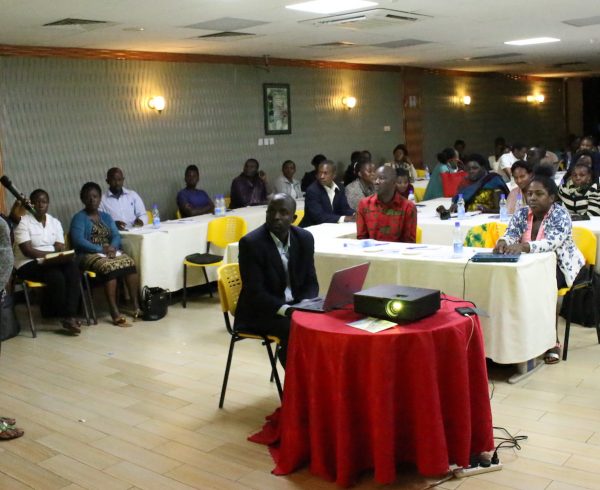METS, with support from CDC Uganda, embarked on developing a Unique Identifier that could be used in the Uganda Electronic Medical Records (UgandaEMR). Unique identifiers are numeric or alphanumeric codes that support identification of individuals when accessing a variety of health services. The purpose of assigning a Unique Identifier (UI) is to ensure that each person can be correctly, singly and repeatedly identified when accessing health-care services
The ideal Qualities of a good unique identifierare that the code should be anonymous but linked to a database that has personal information and kept separately and securely. Secondly, it should be free of any personally identifiable information such as location, place of issue or date of birth.
The benefits of a Unique Identifier are that it helps to identify duplicate clients in HIV care; within and across facilities, it fosters retention through minimisation of Loss to follow up (LFTU), helps to determine actual number of clients in care and clients can be tracked along Continuum of Care cascade at more than one facility.
METS brought together various stakeholders to Bunyangabu District to get a demonstration of the pilot in Uganda. The objectives of this visit were to hold discussion on a governance structure for Unique Identifiers (UI) and the Case Based Surveillance (CBS) project; to orient civil society to UI and identify concerns and agree on a plan to address them; and to orient the Implementing Partners (IDI & RHSP) to UI and UgandaEMR to develop a scale up plan for Kalangala district.
Mr. Kenneth Musonge from CDC Uganda thanked the Ministry of Health (MoH) for embracing the system. This he said, “…was evident in the fact that Assistant Commission for DHI, MS. Carol Kyozira honoured the invitation to Bunyangabu district”. He further noted that the system was a considerable successful pilot given the liquid conditions on ground and he hoped that the Ministry would approve scale up.
Dr. Edgar Kansiime, the CBS project Coordinator, highlighted that the Health Facilities were interlinked through a network enabled byInternet connectivityand a Central databasewhile Interlinkage was enabled by exchange of data within and across facilities. The Pilot was installed at all ART accredited sites and adults were enrolled using their NINswhile children were linked to their mothers. For this system to work, the facility must have Electricity, Computers, Electronic Medical Records (EMR), National ID and a systems operator. This technology was based on paper-based tools of the Ministry of Health and follow the current patient flow at facility level.
At the time of the demonstration, Bunyangabu had 11 accredited sites of ART and all sites had the EMRs and 3 of these were linked. Therefore, clients could be tracked at Kibito HCIV, Yerya HCIII and Rwimi HCIII, which were the sites with the highest volumes of clients in the district.
Dr. Richard Obeti, the DHO Bunyangabo was glad to report that the Unique Identifier system had been embraced by not just the staff using it at the different facilities but by the clients. As a result, this had improved retention rates. Among the advantages, Dr. Obeti noted that the system flagged clients due for appointments, missed appointments, facilitated generation of reports (Form 106) and improved confidentiality that have led to quality improvement

“We hope that the IPs and the funding agencies are willing to hold the Ministry’s hand as we try to achieve our priority goals,” Ms Kyozira at the demonstration
“MoH has gone beyond epidemic control and is focusing on the individual, data security and data management. We (from the Ministry) are here on a fact-finding mission for a harmonized and coordinated system that will lead the Ministry’s eHealth strategic plan and agenda,” Ms. Kyozira.
“We are happy that the Ministry of Health is represented as this shows something good is happening,” Ms. Evelyn Akello, Program Manager METS. She said that the next steps were a cost estimation for implementation at district level and introduction of Point of Care to enable data capture at all client visited departments at a given facilities.






